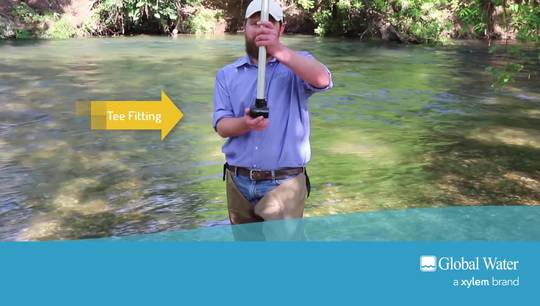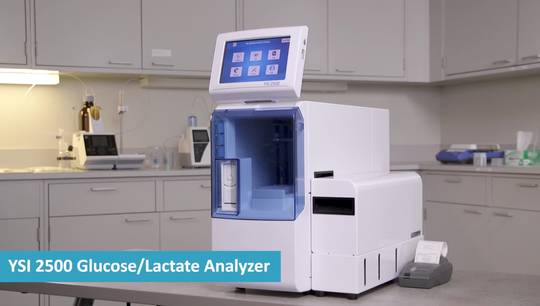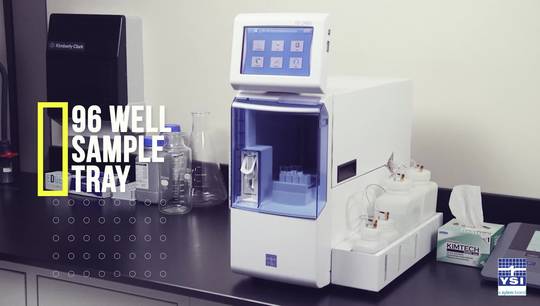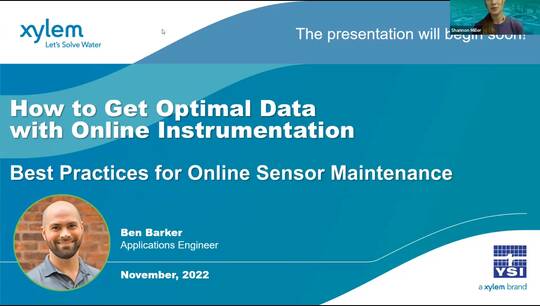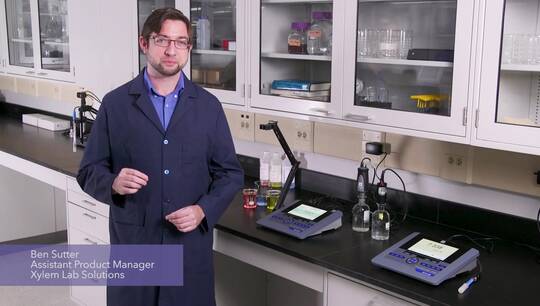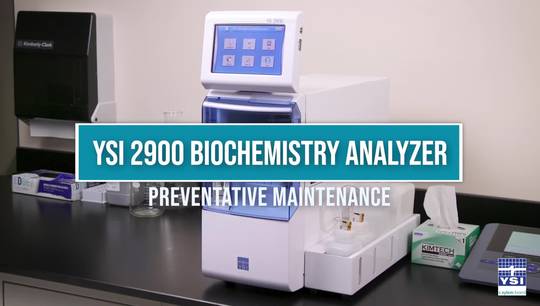YSI Titrator Inspection and Maintenance
Here are our recommendations on inspection and maintenance guidelines to ensure that you get the most out of your YSI titrators.
Before we begin today, I want to emphasize that maintenance checks vary among laboratories. The frequency of use, throughput capacity, and sample type can alter maintenance schedules for each instrument. It is important to be mindful of this as you use your titration system. Let's begin.
The first and easiest step to improve your product's lifespan is to begin with a simple cleaning. Spills happen all the time in the lab. Be sure to wipe away any liquids or spills from your titrator with a laboratory soft towel or a Kimwipe whenever necessary. Having a clean instrument will ensure peak condition and optimal workflow. After the exterior surface of the titrator is clean, we will perform an overall instrument inspection. For heavy strain labs, we recommend inspecting your equipment on a weekly basis. For lower strain laboratories, a monthly inspection should be enough.
To begin, check for leakage around the dosing system. Confirm the piston is tight. If the piston is not tight, or you're having trouble tightening it, you may want to replace the piston. Check out YSI.com to browse our piston size options. Confirm the valve is also tight. The titration tubes should be attached and there should be no moisture under the valve. If there is moisture or the valve will not tighten, you may need a new one. Check out YSI.com to browse our options.
The last step in completing an inspection is to confirm that the titration tip is free of blockages. A blocked titration tip could prevent liquid from dispersing, leading to inaccurate titrations. We would recommend thoroughly cleaning your dosing system every three months. It's important that all of the parts are cleaned separately. A thorough cleaning depends on what titrant you're using in your laboratory. For the purpose of this video, we are going to clean the dosing system with distilled water.
Our team at YSI also recommends performing a complete technical and visual inspection every six months or twice a year. This inspection is designed to ensure that there are no dings or external damage. Air bubbles lead to inaccurate dosing measurements. It's important to confirm that there are no air bubbles in your dosing components. If you see air bubbles, continuously run the titrant through the system. Check for any exterior damage to the titrator. Look over the instrument and ensure that there is no obvious damage that could affect your titration. Take a closer look and inspect the electrical components to check for rust and other physical damage. And to round out your routine maintenance and inspection, our team at YSI recommends certifying your unit for volumetric performance according to ISO 8655. This helps ensure that the data you produce is accurate and reliable.
Many of these routine maintenance checks are simple enough for you to do in your laboratory; however, if you ever have any issues that you cannot seem to resolve, we are here to help. Between our in-house support and our field service team, we can provide a solution to keep your lab up and running. Learn more about our titration portfolio and other laboratory solutions at YSI.com/lab-solutions.
Learn more on the Laboratory Solutions page!

